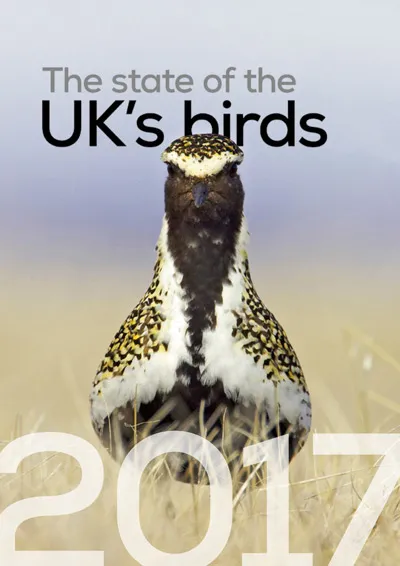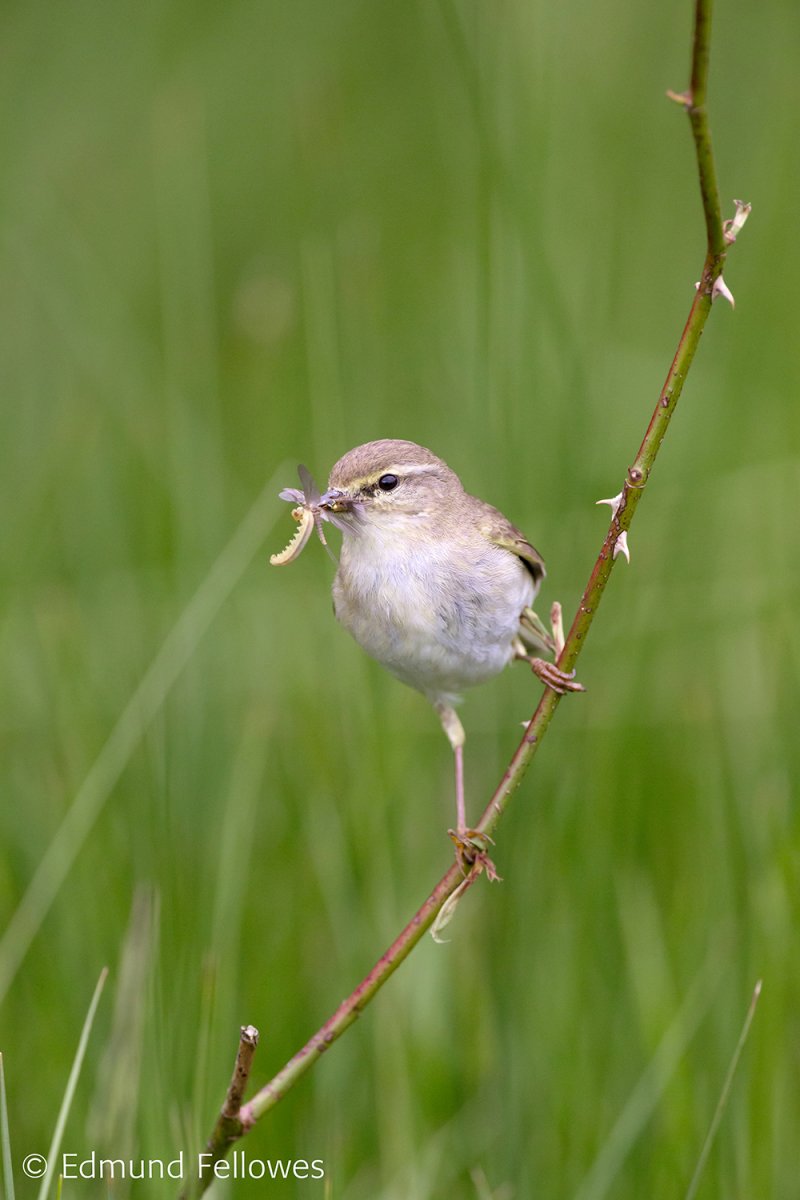BTO create and publish a variety of important articles, papers, journals and other publications, independently and with our partners, for organisations, government and the private sector. Some of our publications (books, guides and atlases) are also available to buy in our online shop.
Annual report of the Seabird Monitoring Programme
Seabird Population Trends and Causes of Change: 1986–2023
This report presents the latest seabird population trends in breeding abundance and productivity using data from the Seabird Monitoring Programme (SMP).
The report documents changes in the abundance and productivity of breeding seabird species in Britain and Ireland from 1986 to 2023, and provides a detailed account of the 2021, 2022 and 2023 breeding seasons.

Search settings
The State of the UK's Birds 2017
Author: Hayhow D.B., Ausden M.A., Bradbury R.B., Burnell D., Copeland A.I., Crick H.Q.P., Eaton M.A., Frost T., Grice P.V., Hall C., Harris S.J., Morecroft M.D., Noble D.G., Pearce-Higgins J.W., Watts O., Williams J.M.
Published: 2017
05.12.17
Reports State of the UK's Birds

Can bird abundance declines be detected by citizen science programmes? A case study using Common Cuckoo Cuculus canorus
Author: Sparks, T.H., Atkinson, S., Lewthwaite, K., Dhap, R., Moran, N.J. & Tryjanowski, P.
Published: 2017
04.12.17
Papers
What does 'traditional' management really mean?
Author: Dolman, P., Williamson, T., Fuller, R. & Barnes, G.
Published: 2017
Management for conservation often attempts to replicate the practices that were prevalent in historical times. There does, however, appear to be a lack of understanding of exactly what ‘traditional’ management would have involved, meaning that current conservation interventions may not be adequate for achieving their goals. Paul Dolman, Tom Williamson, Rob Fuller and Gerry Barnes describe the characteristics of traditional landscapes that would have been favourable for biodiversity and, in light of this, suggest ways in which current conservation management could be improved.
01.12.17
Papers
Monitoring Breeding Waders in Wensleydale: trialling surveys carried out by farmers and gamekeepers
Author: Jarrett, D., Calladine, J., Wernham, C., Wilson, M.
Published: 2017
21.11.17
Reports
The sensitivity of breeding songbirds to change in seasonal timing is linked to population change but cannot be directly attributed to the effects of trophic asynchrony on productivity.
Author: Franks, S.E., Pearce-Higgins, J.W., Atkinson, S., Bell, J.R., Botham, M.S., Brereton, T.M., Harrington, R. & Leech, D.I.
Published: 2017
The time that birds decide to breed has a strong impact upon the likely success of raising their young to independence. Pairs of birds will generally time egg laying to maximise the availability of food for their chicks. However, one of the strongest impacts of climate change so far has been to alter the timing of spring. In response to milder temperatures, flowers and insects are all appearing earlier than they used to. Songbirds struggling to match their timing to the changing climate could be facing population declines.
20.11.17
Papers
